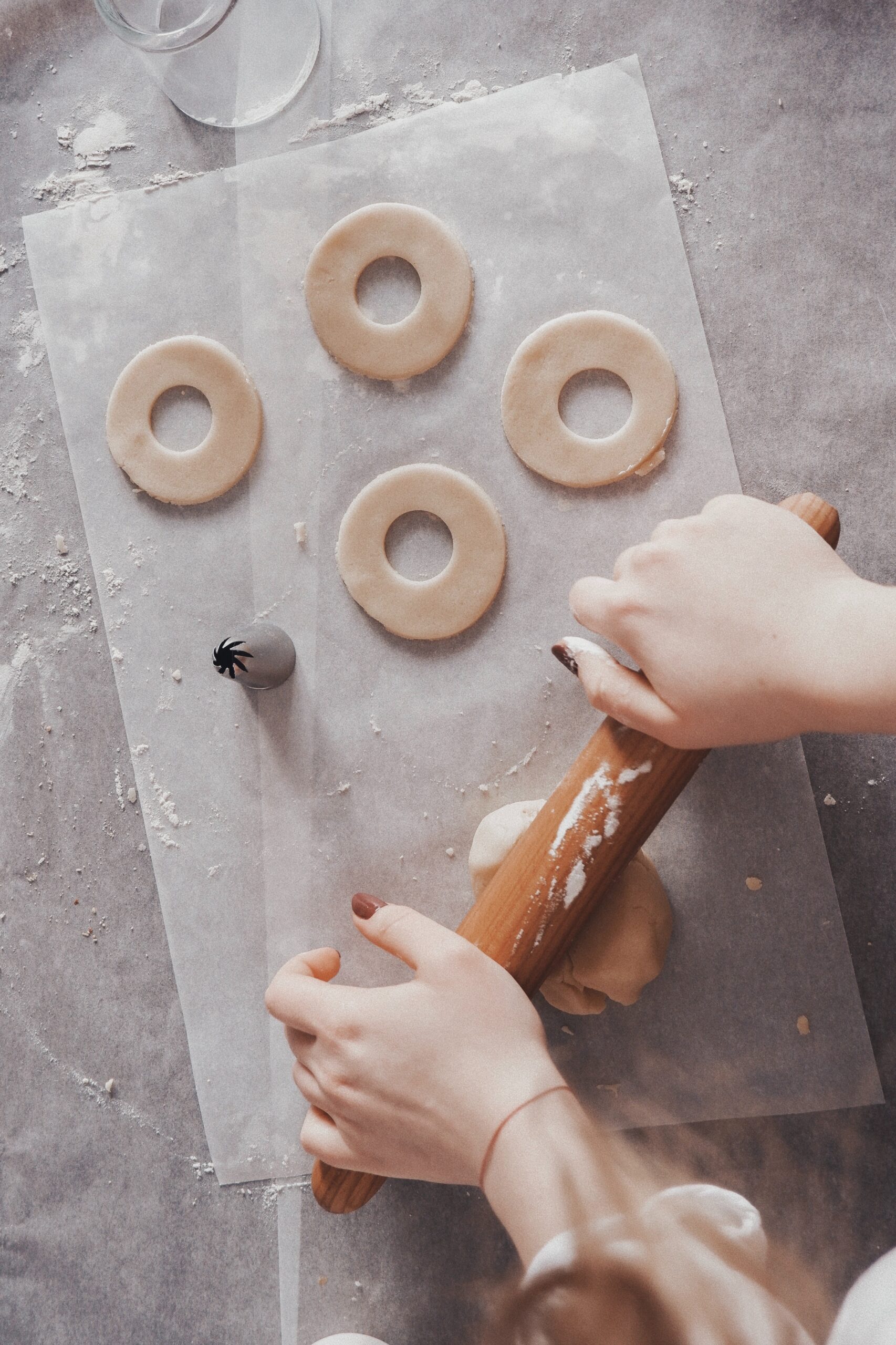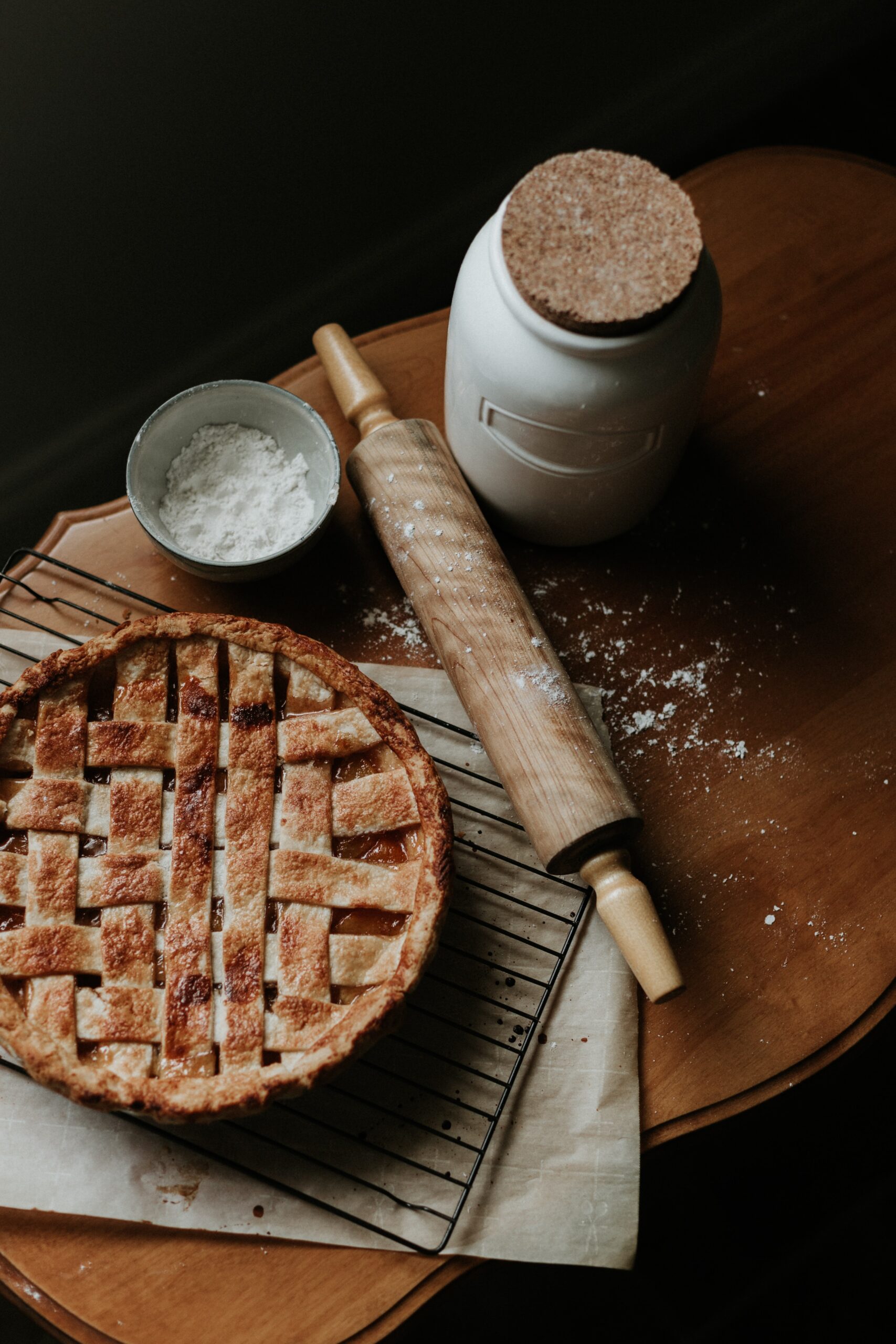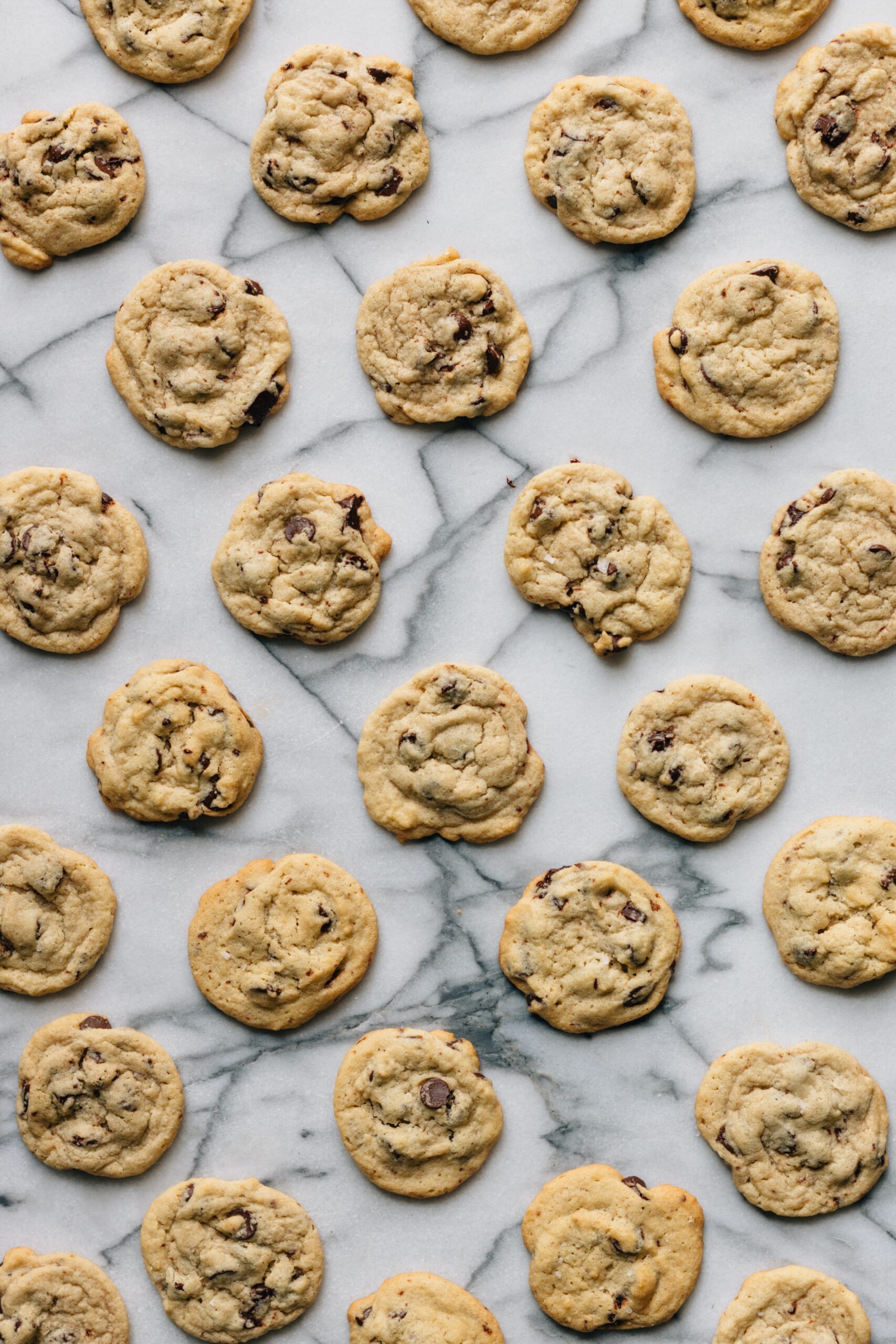This post is all about 10 baking techniques to become a better baker.
Baking is an art that requires precision, patience, and the right techniques. Whether you’re a beginner or an experienced baker, mastering these 10 baking techniques can help you create perfect baked goods every time.
Proper measuring
Proper measuring is one of the most important techniques in baking. Accurate measurements are crucial in baking for consistent results.
This is why it’s crucial to always use measuring cups and spoons when baking. Use measuring cups for liquids and measuring spoons for small ingredients.
Level dry ingredients with a flat edge instead of scooping. This ensures you’re not over or under-measuring, which can drastically alter the final result.
For example, if you add too much flour to your batter, it can result in a dry and dense baked good. On the other hand, if you add too little flour, the batter may not hold together and collapse.
Creaming method
The creaming method is a technique used to create a light and airy texture in baked goods like cakes and cookies. It involves beating butter and sugar together until they are light and fluffy.
This process incorporates air into the mixture, which leads to a tender and delicate crumb structure.
To cream butter and sugar, the butter should be soft but not melted. The sugar is added to the butter and beaten until it becomes pale and creamy, usually for about 2-3 minutes.
This process is often done using an electric mixer, but can also be done by hand with a wooden spoon.
Sifting
A simple yet important technique in baking, sifting helps to ensure a light and delicate texture in baked goods. Sifting involves passing dry ingredients, such as flour and cocoa powder, through a fine-mesh sieve to remove any lumps and incorporate air.
This results in a lighter and smoother texture in the final product.
Sifting is particularly useful for ingredients that tend to form lumps, such as cocoa powder and powdered sugar. These lumps can result in a grainy texture and affect the final appearance of the baked good.
By sifting these ingredients, you can avoid these issues and achieve a finer, smoother texture.
Fold in ingredients
Folding is a gentle mixing technique used to incorporate ingredients into a batter or dough without deflating it.
This is particularly important when adding ingredients that have been previously whipped, such as egg whites or whipped cream, or when adding delicate ingredients such as flour or chocolate chips.
To fold in ingredients, use a rubber spatula to gently cut through the batter from the bottom and fold it over the top. Repeat this process until the ingredients are just incorporated, being careful not to overmix or deflate the batter.
Overmixing can result in a dense and heavy final product, while undermixing can result in streaks or pockets of unincorporated ingredients.
Room temperature ingredients
Using ingredients at room temperature is an important technique in baking as it helps to ensure even mixing and consistent results. Use room temperature ingredients to prevent overmixing and ensure uniform texture.
For example, when baking with butter, it should be soft but not melted. If the butter is too cold, it will not mix well with the sugar, resulting in a lumpy mixture.
If the butter is too warm, it will melt, causing the batter to become greasy and affecting the final texture of the baked good. Using butter at room temperature can achieve the ideal consistency for creaming and ensure a light and fluffy final product.
Oven temperature
Oven temperature is a critical factor in baking, as it affects the baking time and final result of your baked goods. Preheating your oven to the correct temperature is crucial for ensuring that your baked goods cook evenly and turn out perfectly.
An oven that is too hot can result in overcooked or burnt baked goods, while an oven that is too cold can result in undercooked or raw baked goods. It’s important to preheat the oven to the temperature specified in the recipe and to use an oven thermometer to check the temperature regularly, as ovens can often run hot or cold.
Baking pans
Using the correct size and type of baking pan is an important technique in baking, as it affects the baking time and outcome of your baked goods. Different types of pans have different effects on the baking process.
Using the wrong type of pan can result in under or over-cooked baked goods.
For example, a cake pan that is too small will cause the batter to overflow, while a cake pan that is too large will result in a flat and dense cake. It’s important to use the size and type of pan specified in the recipe, as well as to prepare the pan properly by greasing it or lining it with parchment paper to prevent sticking.
Proper mixing
Proper mixing is a key technique in baking, as overmixing the batter can lead to tough and dense baked goods. Overmixing activates the gluten in the flour, causing the batter to become tough and difficult to work with.
When mixing the batter, it’s important to follow the recipe carefully and only mix until the ingredients are just combined. For example, when making a cake, it’s important to avoid overmixing the batter after adding the flour, as this can cause the cake to become tough and dense.
Cooling
Cooling baked goods properly is an important technique in baking, as it affects the final texture and stability of the baked goods. Cool baked goods completely before removing, slicing, or decorating.
When removing baked goods from the pan, it’s important to wait until they have cooled completely, as removing them too soon can cause them to stick to the pan or fall apart. Let the cake cool completely on a wire rack before removing it from the pan.
Practice
Practice is an essential aspect of becoming a better baker. Baking is a skill that improves with experience, so the more you bake, the better baker you will become. Experimenting with different recipes and techniques can help you to learn what works and what doesn’t, and can help you to develop your own personal style.
When starting out, it’s helpful to choose simple recipes and gradually work your way up to more complex ones. You can also seek out baking classes or workshops in your area, as these can provide hands-on experience and guidance from experienced bakers.
By incorporating these 10 baking techniques into your baking routine, you’ll be on your way to creating perfect baked goods every time. Happy baking!
This post is all about 10 baking techniques to become a better baker.

 Rachel
Rachel



